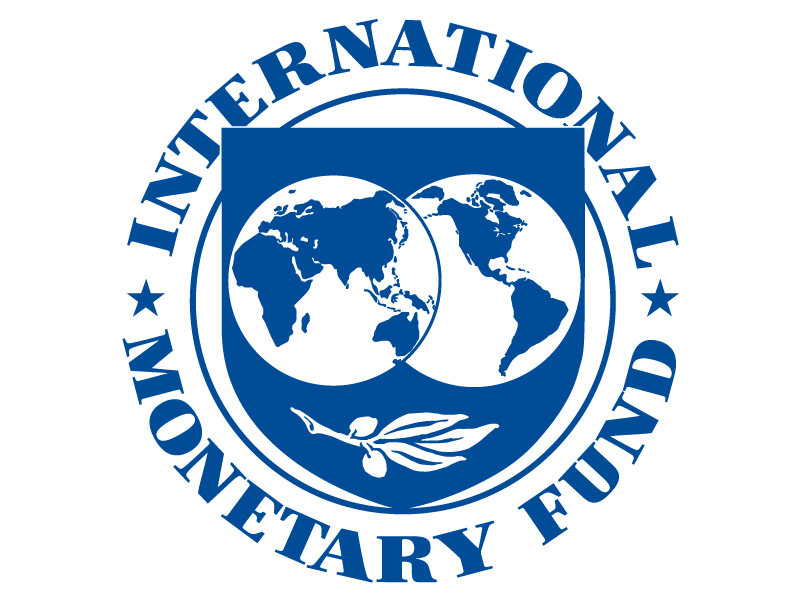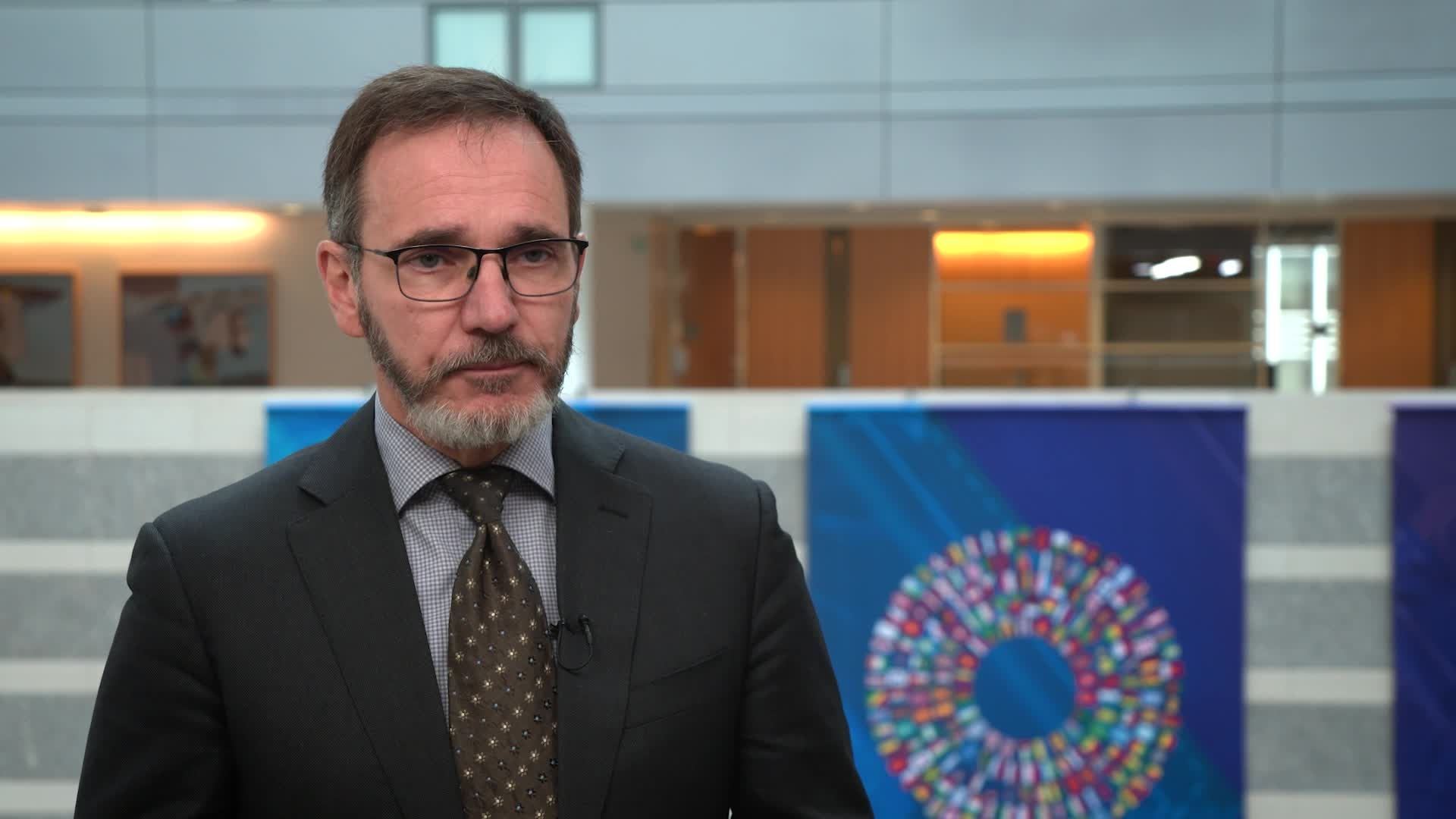In April, the United States shook global trade norms by announcing sweeping tariffs. Given the complexity and fluidity of the moment, our April report offered a range of estimates for the growth downgrade, from modest to significant, depending on the ultimate severity of the trade shock.
The growth downgrade is at the modest end of the range. The reasons are clear. The United States negotiated trade deals with various countries and provided multiple exemptions. Most countries refrained from retaliation, keeping instead the trading system largely open. The private sector also proved agile, front-loading imports and speedily re-routing supply chains. The increase in tariffs and its effect has been smaller than expected so far.
The IMF now projects global growth at 3.2 percent this year and 3.1 percent next year, a cumulative downgrade of 0.2 percentage point since our forecast a year earlier.
“Global growth is holding steady despite major policy shifts. The increase in tariffs and its effect has been smaller than expected so far. This is thanks to new trade deals, multiple exemptions, and the private sector's agility in rerouting supply chains. As a result, global growth is now projected at 3.2% this year and 3.1% next year – only a modest downgrade from last October. Yet, beneath the steady surface, complex forces are at work. Easy financial conditions and a weaker dollar, fiscal stimulus in some major countries, and surging artificial intelligence investment are all shaping activity and inflation dynamics,” said IMF’s Chief Economist, Pierre-Olivier Gourinchas.
Overall, despite a steady first half, the outlook remains fragile, and risks remain tilted to the downside. The main risk is that tariffs may increase further from renewed and unresolved trade tensions, which, coupled with supply chain disruptions, could lower global output by 0.3 percent next year.
“Risks remain tilted to the downside. The AI surge could trigger a sharp market correction if profit expectations do not materialize. Fiscal pressures are mounting across many countries and may interact with financial market fragilities to further raise borrowing costs and increase rollover risks. And institutional credibility, particularly central bank independence, faces growing political pressures that could de-anchor inflation expectations. Still, there are upside risks too. A faster resolution of trade tensions and associated reduction in uncertainty, as well as the potential for significant productivity gains from AI, could all give global growth a meaningful boost,” added Gourinchas.
Under modest assumptions, the combined effects of lower uncertainty, lower tariffs, and AI could raise global output by about 1 percent in the near term.
This underscores how policies that help restore confidence and predictability can improve growth prospects.
“Policies should aim to restore confidence and predictability, stabilize trade relations, reduce uncertainty, and rebuild physical space credibly. Monetary policies should remain independent yet transparent and tailored with a key objective to maintain price stability. Over the longer term, economies should invest in innovation, productivity, and multilateral cooperation, empowering private enterprise and favoring horizontal policies like education, infrastructure ,and smart regulation over costly sectoral subsidies,” explained Gourinchas.
To read the full report, click here.

